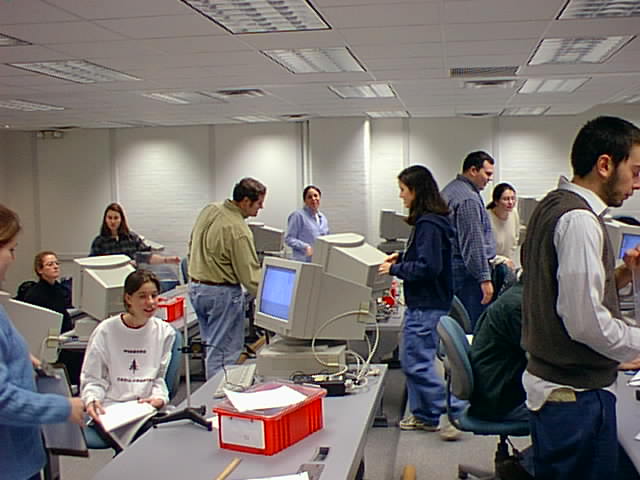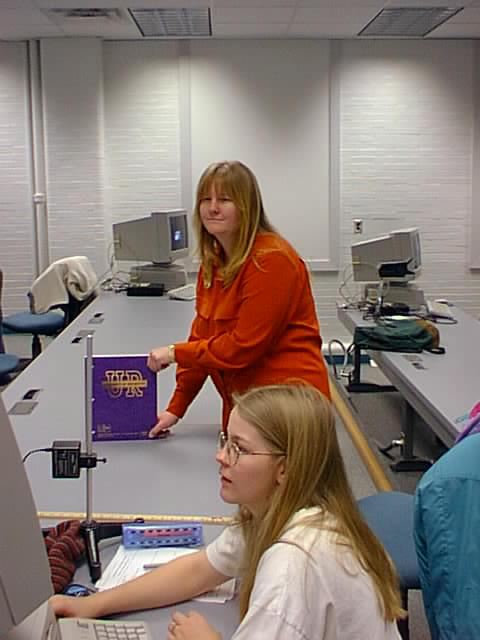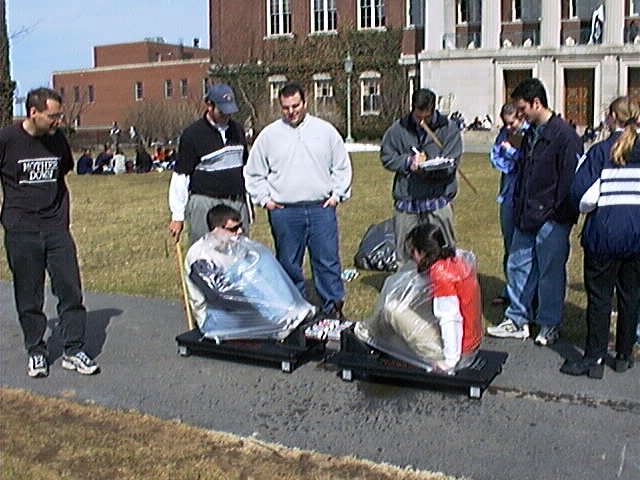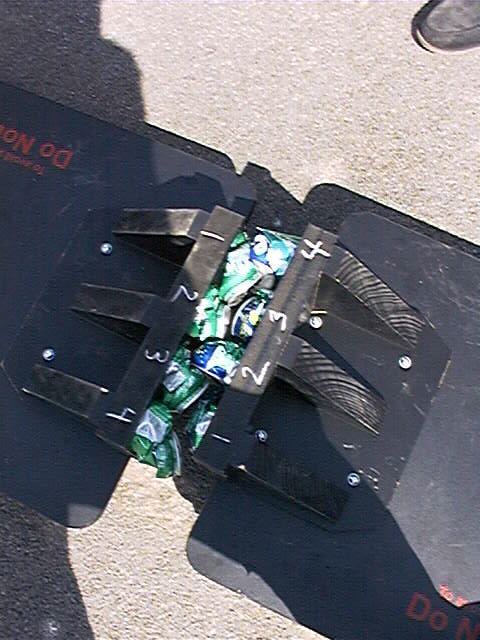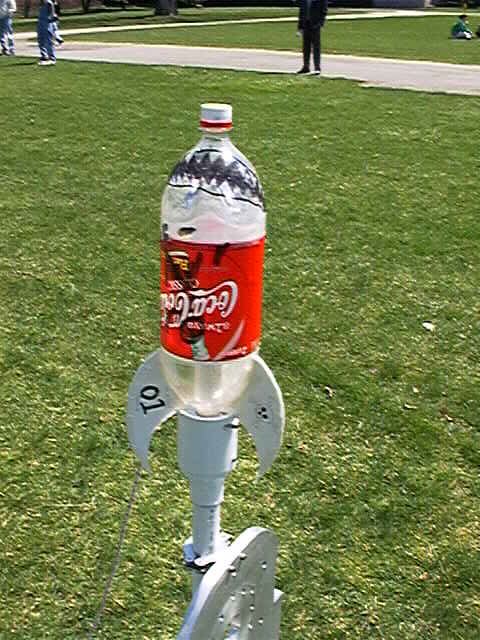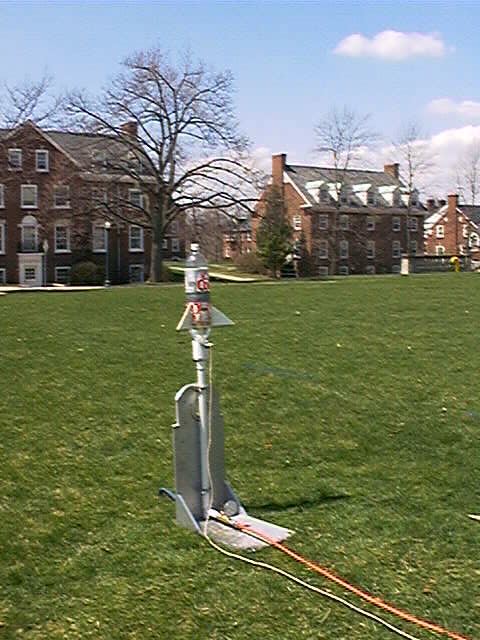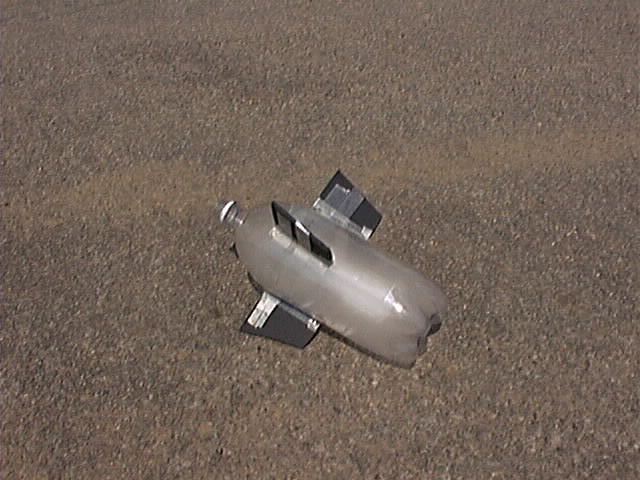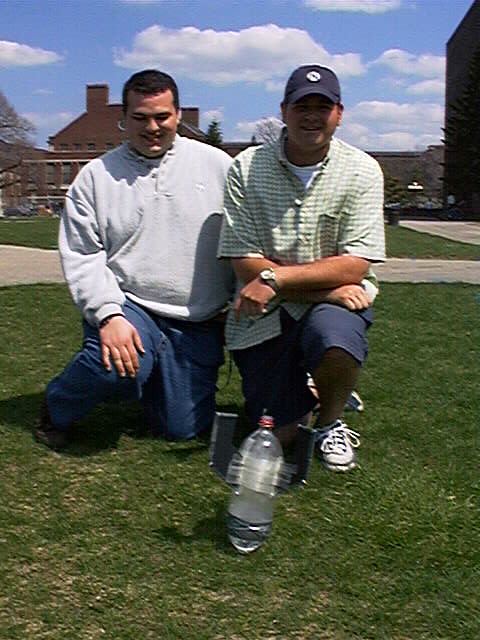Inquiry-based Education: Physics by Inquiry (Physics 105)
Spring Semester, Monday and Wednesday 12.00 pm – 1.50 pm, B&L407
Frank L. H. Wolfs
The goal of Physics by Inquiry is to provide the students with direct experience in the process of science. The design of this course was based on the belief that science can not be learned by reading, listening, memorizing and problem solving, but requires active mental engagement. Although most science courses for science majors are supplemented with required labs, even in those courses active engagement is rather limited. In most of our current science courses for non-science majors, the laboratory component is missing, and these courses often fail to provide the students with a scientific intuition and an appreciation for the scientific process.
Physics by Inquiry focuses on the scientific method. The students
start from their own observations, develop basic scientific concepts, use
and interpret different forms of scientific representations, and construct
explanatory models with predictive capabilities. The students develop scientific
reasoning skills and gain experience in relating scientific concepts, representations,
and models to real-world phenomena. By providing a direct exposure to the
scientific process, we hope to provide the students with a solid foundation
for scientific literacy. Topics that are covered in this course are physics
and astronomy.
To achieve the goal of active involvement, the course is taught in a computer
equipped classroom in which each student (or pair of students) has access
to a computer and is able to carry out data analysis during lectures. Simple
experiments are carried out by each student individually. More sophisticated
experiments are carried out by the instructor, and the data collected are
available to each student via the network. For example, complicated two dimensional
motion are videotaped and digitized for immediate analysis by the students.
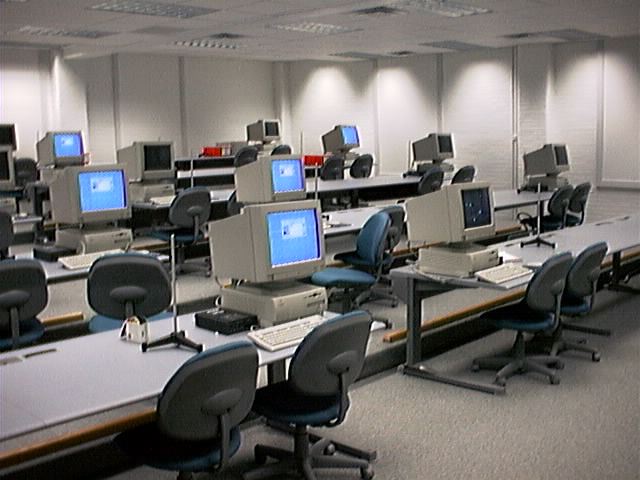
Figure 1. Picture of the computerized classroom (B&L 407) constructed
for the Physics by Inquiry course.
The funds required for the computer equipment for the computerized were provided
by the University. Figure 1 shows a photograph of the classroom (B&L 407)
in the Department of Physics and Astronomy, which was constructed for the
Physics by Inquiry course. Figures 2 and 3 show pictures of some of the Physics
by Inquiry students at work during the lecture period. Most of the lecture
period is devoted to hands-on experiments which focus on various aspects of
the scientific method. The students shown in Figures 2 and 3 are working on
an experiment in which they are asked to carry out a motion in front of a
motion sensor that describes the curve shown on their computer screen. This
experiment is used to gain experience with scientific graphics, and with graphing
motion in particular.
Some of the experiments carried out by the Physics by Inquiry students were
carried out outside the classroom. Examples, include the following:
